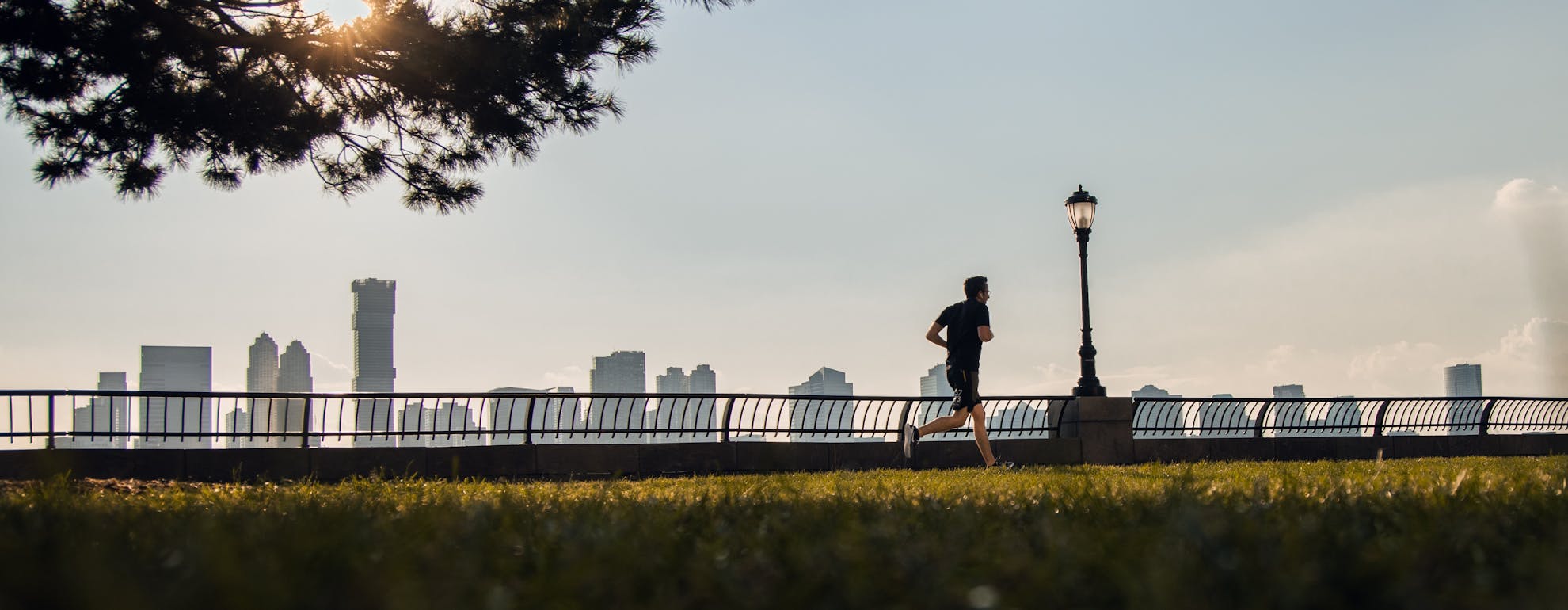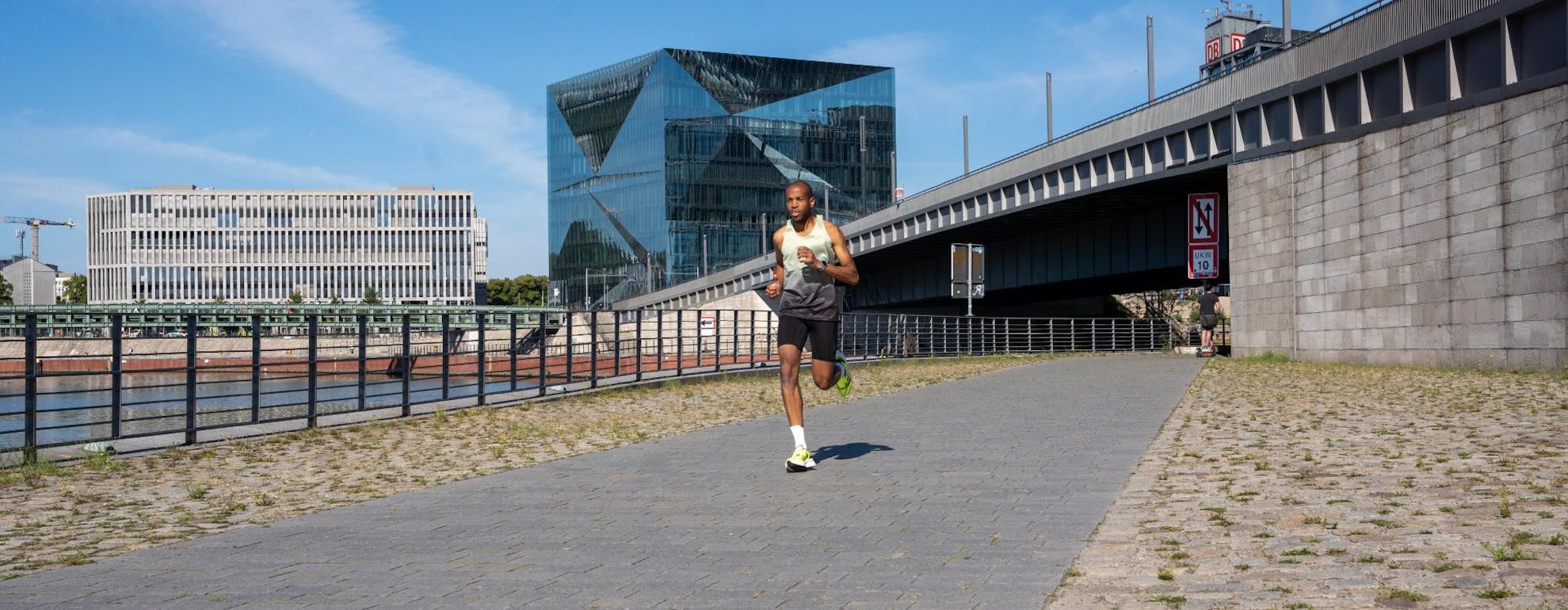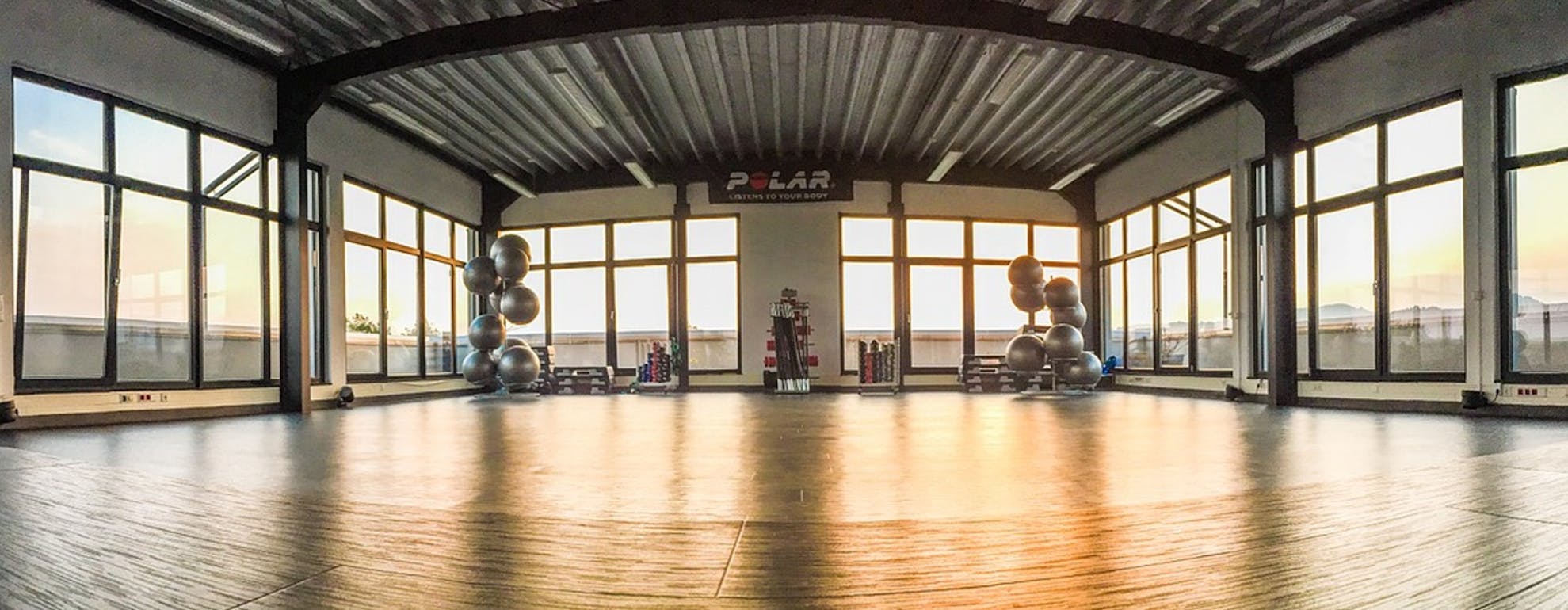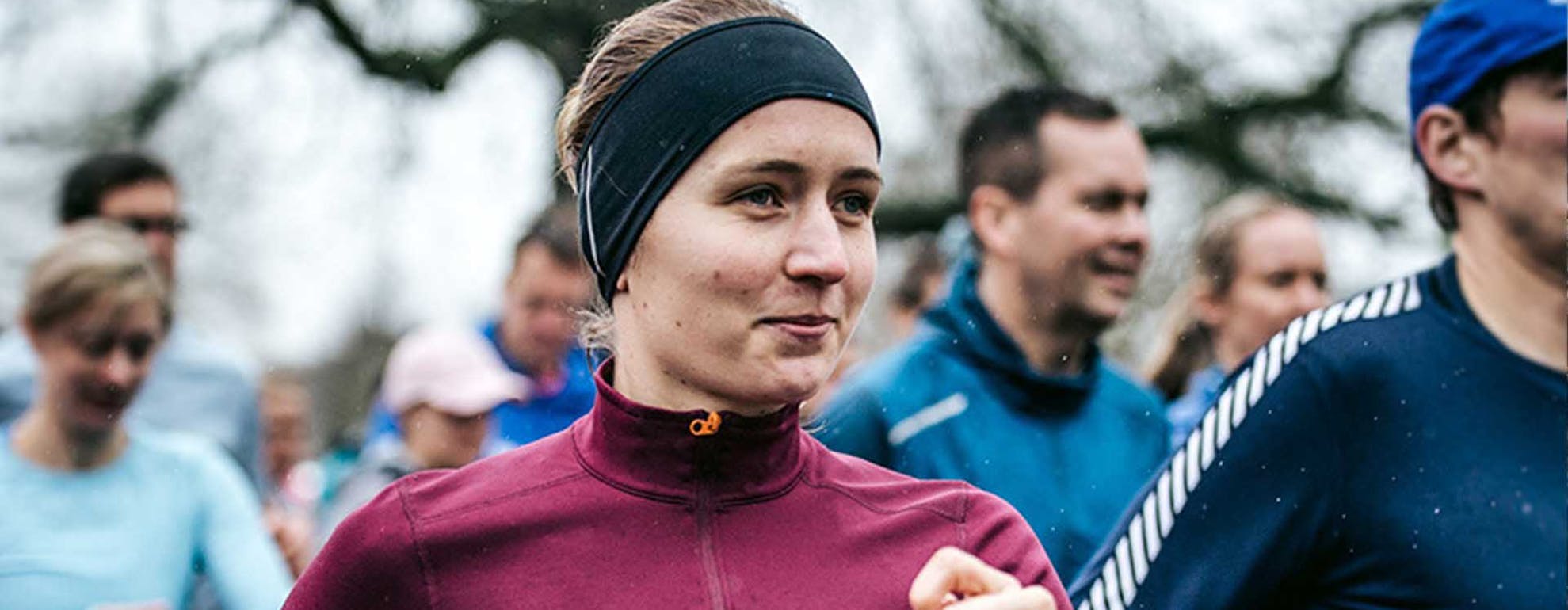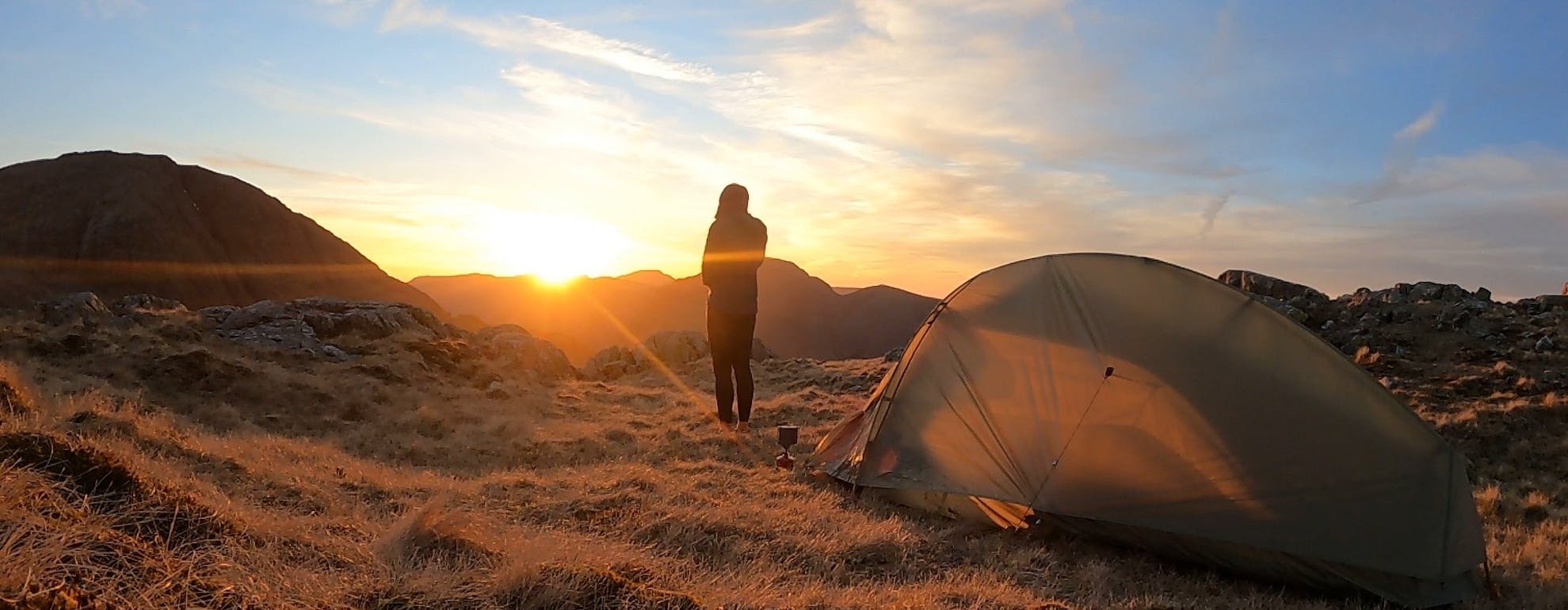
Training
6 Tips for transitioning from Trail Running to Fastpacking
WHAT IS FASTPACKING?
ㅤ
FASTPACKING
[ fahst-pak-ing ]
Verb: to take as little baggage (physically and mentally) out on the trails for more than one day, weeks if possible.
ㅤ
I may have made up that dictionary definition of fastpacking, but it’s how I would define it. To me, it is running for days with everything I need on my back. After 18 months of the pandemic, lockdowns, and poor health, it has been my way back into the mountains, to solitude and space to think, and helped me get back to feeling like myself, seeing new views, and without any pressure.
I’ve been trail and ultrarunning for a fair number of years and have been camping out in mountains for even longer. But getting some key lightweight items of kit, and a comfy bag I can run with, has opened up the possibilities of combining both. It’s been life-changing and life-saving.
I’ve had trips where I set off in the evening, a few miles to a camp spot for the night, and then back in the morning. But I’ve also had multi-day trips, camps along a recognised long-distance route, or ones I have made up as I’ve gone along with a total sense of independence and freedom.
ㅤ
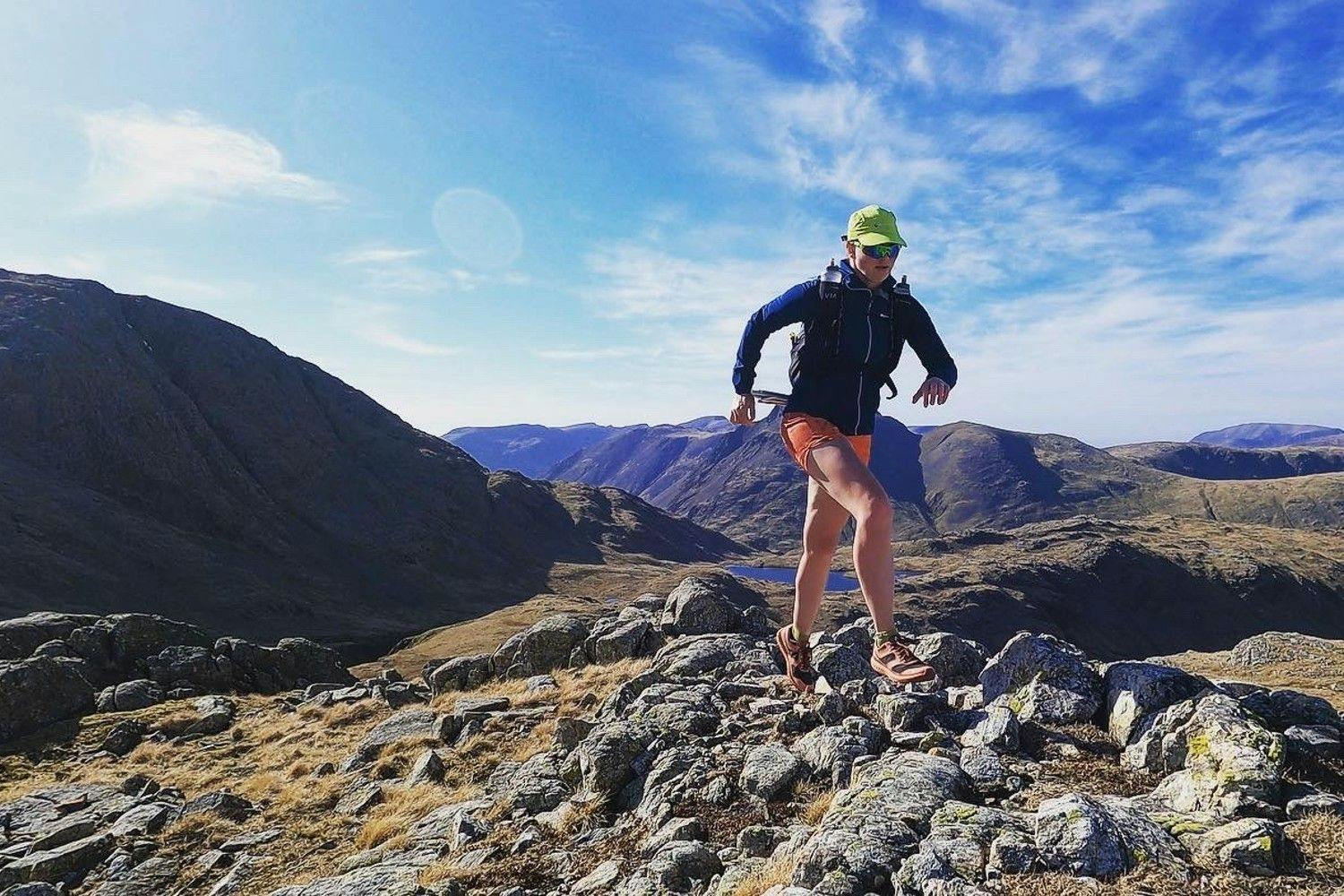
ㅤ
Here are my 6 top tips for making the transition from trail running to fastpacking:
ㅤ
1. DON’T FORGET THE ESSENTIALS
There’s no getting away from the fact you need some extra bits of kit for fastpacking – and the lighter gear is often more expensive.
A wise investment to start with is a bag large enough to fit all your gear in. I have been using the Montane GECKO VP 20 Running Pack for my adventures this year – I have even got six days’ worth of kit and food in it at once. The positives for me are it's comfy when running due to the body-hugging design and I can use the pole attachments for my tent poles.
The other main pieces to focus on are a shelter (could be a tent, tarp or a bivvy bag), a sleeping bag, and a sleeping mat. It’s taken me years to build up my kit, but there are options if your budget doesn’t stretch to the high-end gear. First, I would ask around and see if you can borrow some kit from friends to test out what works for you. It’s also possible to pick up some gear second hand, with people buying pieces of kit they then decide aren’t right for them, or the reality of a night under the stars not quite as great as they imagined – their loss can be your gain! I have set up some searches on eBay for specific items and if you’re prepared to wait a few weeks or even months, something usually comes up.
What kit you choose isn’t just about budget, but also thinking what seasons you will be out in. I love waking up to a crisp frosty morning on the hill, and so have invested in a tent that weighs just under 800g and a 3-season sleeping bag (400g). For a dry summer evening, I would take a bivvy bag instead, with my lightest being 170g. I nearly always take a sleeping mat for insulation from the cold ground; mine is 250g. For a cooking system, I pack a small gas canister, inside my lightweight pan (70g), and have a tiny stove that attaches straight on the canister (35g). I keep the gas canister at the bottom of my sleeping bag on particularly cold nights so it will heat up my morning coffee without any problems.
Aside from the usual running kit, I would invest in a lightweight synthetic jacket that is perfect for cool evenings and cold nights. My go-to jacket is the Montane Fireball or the Montane Prismatic.
It is a truth universally acknowledged that all food and drinks taste twice as delicious when cooked on a hill. Luckily there is a great selection of meals you just can add hot water to – I use Tent Meals, Something Good. I will use a Firepot meal on the first night and reuse the packet for cooking all my other meals.
Top Tip! While the meal is cooking, place it inside your jacket as a hot water bottle.
ㅤ
2. ALWAYS CONSIDER THE ROUTES
Here is the best bit, fastpacking is a world of possibilities of going long and seeing more, often using public transport too. For some great inspiration, you could head to Vertebrate Publishing series of ‘Big Trails’ to have a look at some long-distance routes. I did some of the Beacons Way in April after being inspired by this series, and the books even give you the suggested length of days for fastpacking.
Wild camping isn’t legal in England and Wales without the permission of the landowner, with different laws applying in parts of Dartmoor and Scotland where it is much more accessible. But by sticking to some general rules, camping will be tolerated on open access land in places such as the Lake District and Snowdonia. Camping high up, well above the highest wall line, away from paths, and setting up camp late and leaving early, is all necessary to ensure that the tolerance of wild camps remains.
If you can’t already, then learning to navigate and use maps can open new routes and amazing spots for camping. I will use the map to look for clean water sources, as well as interpret the contour lines for flat places to pitch my tent, and most importantly of all ensuring I have the perfect view of either the sunset or sunrise from my bed. As ever when heading to remote areas, seeking the weather forecast from mountain weather sources, rather than just your average weather app is essential. The weather and temperature up high can be very different from the valley floor.
When choosing a route, it’s important to have a backup plan, should progress be slower than expected for whatever reason or weather deteriorate, and so I would always have planned some options for shortening the route or using public transport to get back. Having a map and compass to follow, not a GPX on a watch, is essential for this.
ㅤ
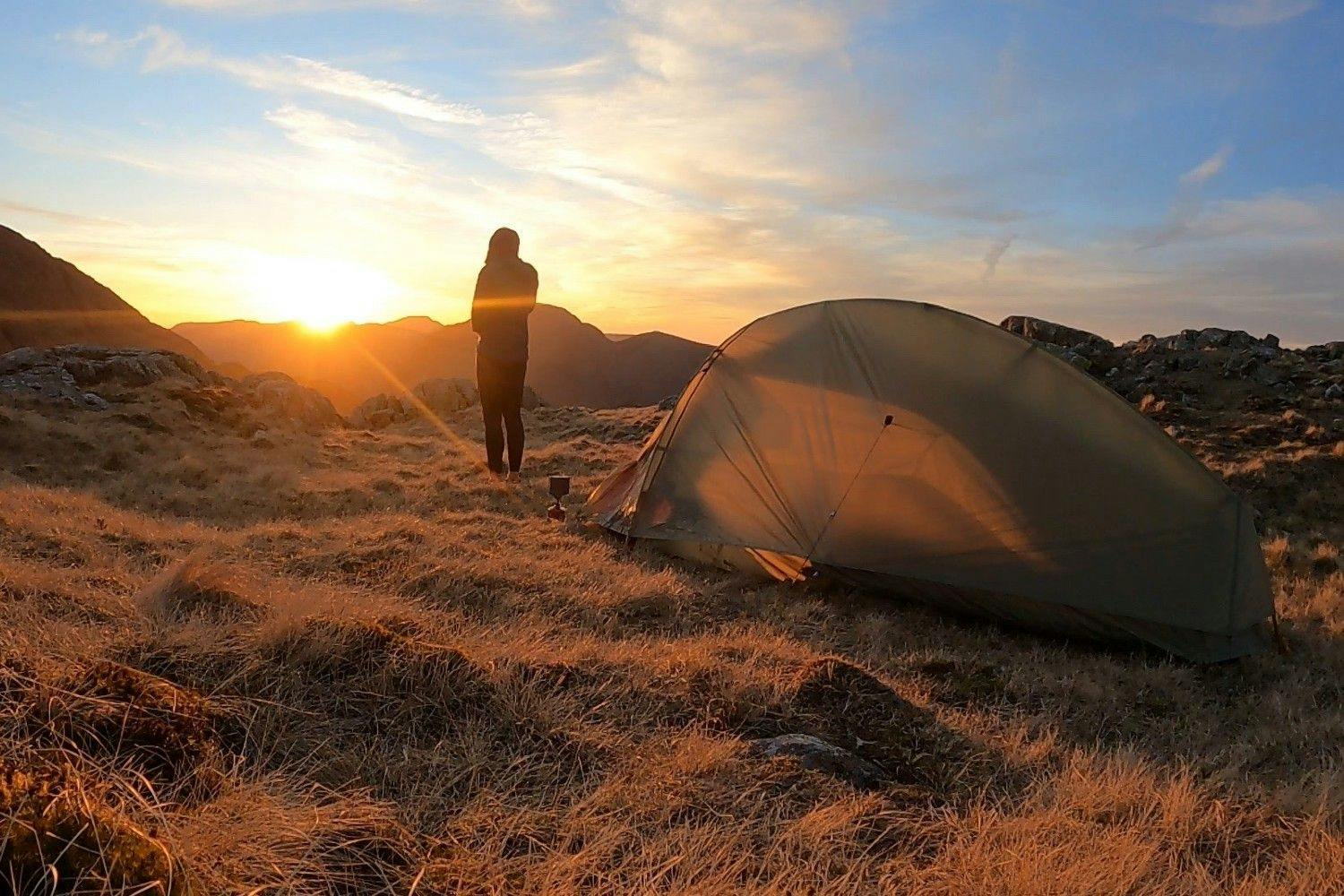
ㅤ
3. PLAN FOR SETTING UP CAMP
When I am planning camps for the night, I have a look at water sources I will cross or can get to before the camp. I tend to just carry a couple of 500ml bottles when I am running, and so I carry a very light 2lt water carrier in my pack which I fill up from the last water source before camp. It saves weight for the day’s running and then gives me all the water I need for meals and drinks overnight.
Deciding where to pitch the tent never gets boring; I love picking the spots and deciding on the view I want from my bed. Just check safety too, don’t pitch close to steep drops, watercourses, and though little hollows and dips may look sheltered from the wind, cool air can collect there and so they might not be the warmest place to wake up. The best clearings on my first night’s camp along the Beacons Way had lots of wild pony hair on them, and I was worried they would come to join me in the night, but thankfully just watched from afar until I had left my spot the next day.
Once I’ve pitched the tent, I’ll get out of any wet kit, and usually carry a spare light pair of leggings such as the Montane Ineo pants for evenings and a dry base layer to sleep in.
The ‘Leave No Trace’ part of wild camping cannot be overemphasised – and if wild camping is going to be tolerated in the future one that is non-negotiable. This means carrying out all litter, including any sanitary products and toilet paper. For advice about going to the toilet responsibly when out in the hills, The BMC has some great advice is their ‘Respect the Wild’ series.
ㅤ
4. INCLUDE SOME LUXURIES
Making my kit as lightweight as possible is key for me to be able to cover ground during the days as comfortably as possible. I will pack portions of drinks and food into smaller reusable bags to ensure there is no bulky packaging and I am only taking what I need.
Most of my holidays this year have been fastpacking, and so I do allow some luxuries. My favourite ones to take are Montane prism booties, swimming gear and if I’m feeling really generous it will be my 60g inflatable pillow. Chocolate and coffee are classed as essentials by the way.
ㅤ
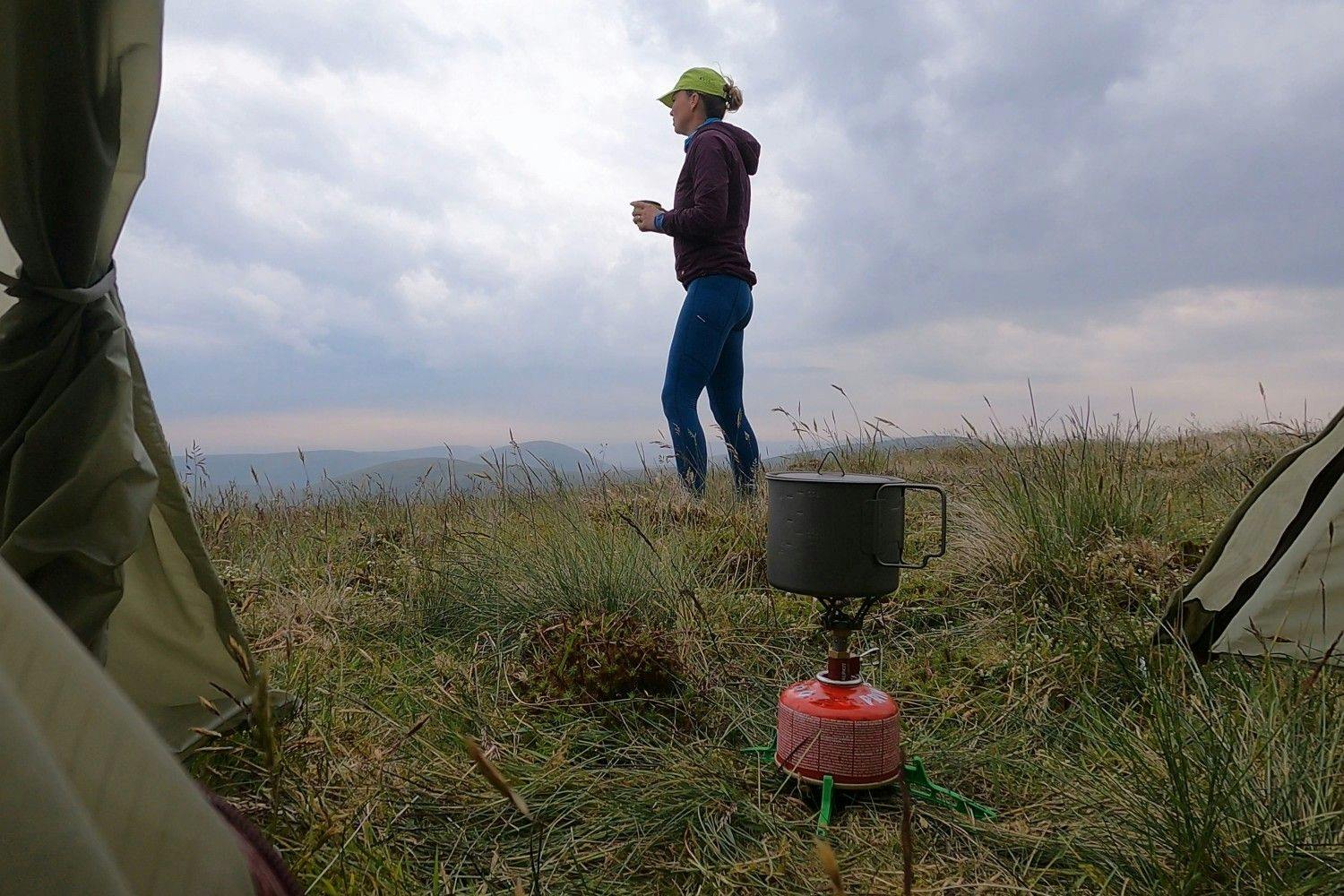
ㅤ
5. HOSTELS ARE A GREAT OPTION
If you have read this and think the talk of all the expensive kit and new skills aren’t for you yet, then there are other options. How about making use of YHA or Independent hostels and linking them together for a few days running? I have crossed the Lake District in three days on the Coast-to-Coast route staying in hostels with the help of public transport to get to St Bees, and similar for crossing the Yorkshire Dales. With meals often provided it makes for a much lighter kit and some great fireside chats to other runners and walkers in the evening. Bothies are also free accommodation in the hills, with the MBA providing locations and etiquette on how to keep these special spots available for many years to come at https://www.mountainbothies.org.uk
If you want to test your skills on a race, then Mountain Marathons such as The OMM provide a great way to race while carrying your kit and spending a night under canvas.
ㅤ
6. KEEP IT SIMPLE
I realise the irony of starting by writing about the simplicity of fastpacking and then proceeding to provide a long list of the kit and rules needed to do it. But once you have the kit, with a bit of careful use and care, it will last for years and provide endless opportunities for adventure. It then doesn’t take much effort to pack it up, head out to the hills, and away from the routine and stresses in life. I find the days I am fastpacking are so freeing, with the only thing to focus on is moving, eating, and finding somewhere beautiful to sleep. Stripping away the rest of our busy lives and suddenly you can connect with how and who you are. The sunsets and sunrises, the stillness and silence, all recharge me and I come back invigorated. Your mind and body, with a bit of careful use and care, will also last for years and provide endless opportunities for adventures.
Image credit: Jen Scotney
Jen Scotney is a Montane Ambassador based in the Peak District. She is a UK Athletics Running Coach, Yoga Teacher and soon to be Mountain Leader. She is a fell runner turned ultra-runner and has podiumed at epic races such as Montane Spine Challenger and the 190-mile Northern Traverse.
ㅤ
Looking for some training tips and advice? Then head over to our Training category where our athletes and experts explain everything you need to know.
Welcome
Welcome to the SportsShoes Training Hub! We’ve teamed up with athletes and experts to bring you the very best advice on how to maximise your workouts and achieve your best results.
Read More
Share this
Featured Articles
View All
